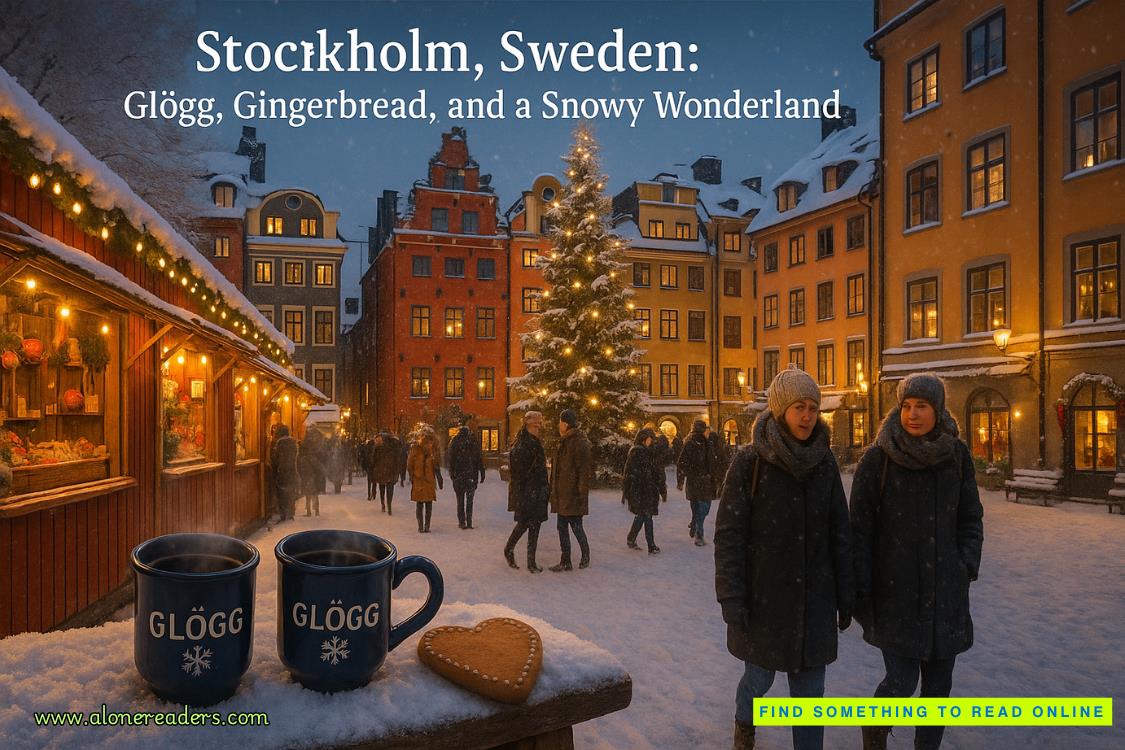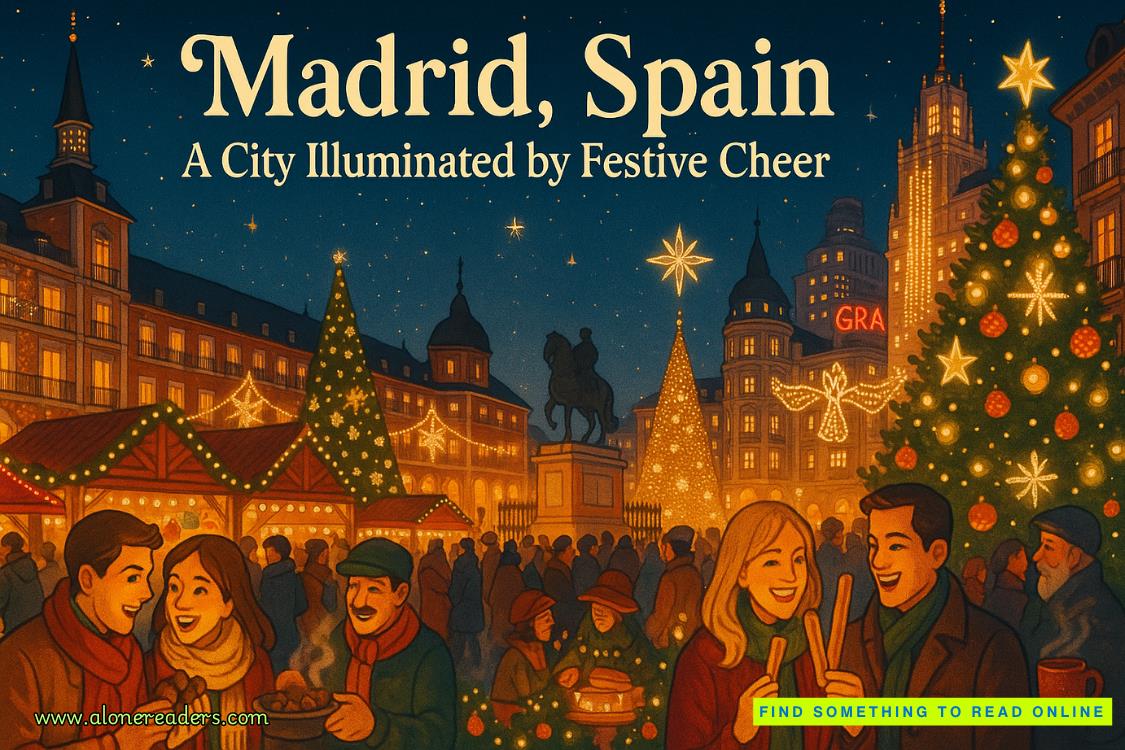Page 143 of The Witch of Cologne
lustring: A glossy silk cloth often used for petticoats.
Magen David / Shield of David: A six-pointed
star formed by two equilateral triangles of equal size imposed upon one another. An amulet for protection in popular usage from thirteenth century onwards.
mezuzah: Case containing parchment inscribed with religious texts and nailed above the front door of a house.
mikvah: Ritual bathhouse for women.
mohel: An expert in Jewish laws pertaining to circumcision and trained to carry out the procedure.
musico: Bordello disguised as a theatre.
paduasoy: A rich strong silk fabric used for vestments.
paragon: Strong watered silk.
patches: Adornments in the shape of hearts, diamonds, triangles and stars stuck onto the face.
Philip and Cheney: A soft woollen fabric.
philoselle: A wrought silk.
poplin: A plain weave usually of cotton with a fine ribbing.
poriut: Hebrew for ‘fertility’.
Rosh Hoshana: Jewish New Year, usually in September.
Schülergelief: A pogrom carried out by university students.
scientia nova: Literally, ‘new science’ (Latin); a term used before the words ‘science’ and ‘scientific’ were adopted.
Sephardim: Jews of Spanish, Portuguese or North African descent.
Shabbetai Zevi: A real historical figure born in Smyrna, Zevi claimed to be the new Messiah and attracted a huge following amongst the disenchanted European Jewry. He was eventually captured and forced to convert to Islam by the Turkish Grand Vizier Ahmed Köprülü.
talith: Fringed shawl worn by men over the head and shoulders while praying.
tefillah: Phylactery: a small black box containing writings from the Torah bound by leather thongs to the forehead and left arm and worn by Jewish men during prayers.
the Three Angels: An amulet used during childbirth depicting the angels Snwy, Snsnwy and Smnglf and engraved with kabbalistic writings. Used to protect against the demon Lilith.
yarmulke: A skullcap worn by Orthodox Jewish men at all times and others when praying.
yeshiva: Traditional religious school for boys.
the Zohar: Key kabbalistic text, written in Aramaic and sometimes referred to as the ‘Bible’ of the kabbalists. The title means ‘the sacred light’.
BIBLIOGRAPHY
These are some of the reference books used during the writing of The Witch of Cologne.
Abrahams, Beth-Zion, translator and editor, Glückel of Hameln, The Life of Glückel of Hameln 1646–1724, Horovitz Publishing Co., 1962.
Feuer, Lewis Samuel, Spinoza and the Rise of Liberalism, Transaction Publishers, 1997.
Israel, Jonathan I., European Jewry in the Age of Mercantilism 1550–1750, Littman Library of Jewish Civilization, 1997.















